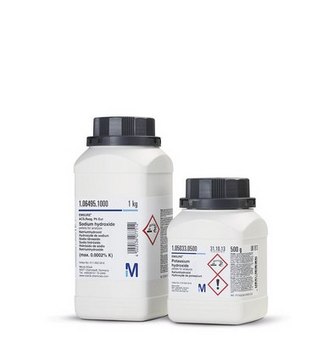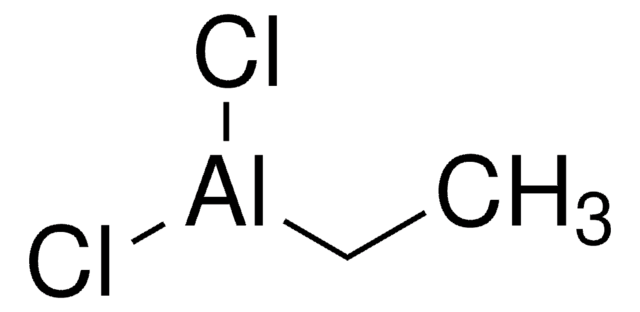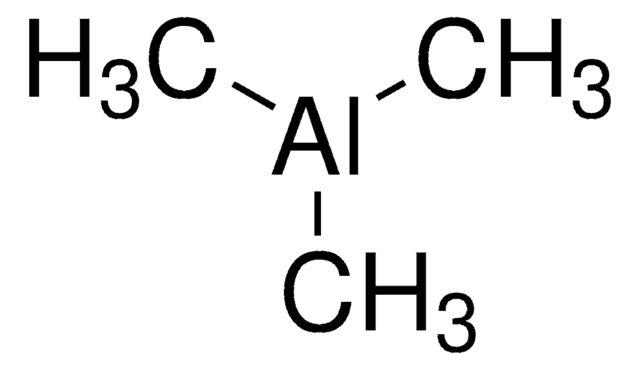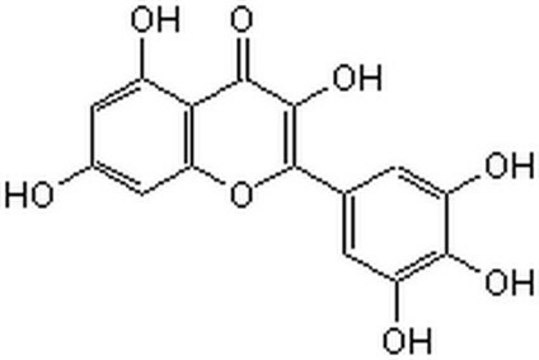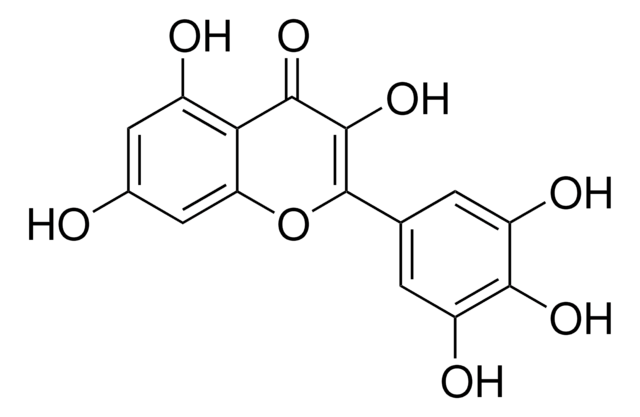277908
Ammonium molybdate
99.98% trace metals basis
Synonym(s):
Ammonium orthomolybdate, Diammonium molybdate
Select a Size
About This Item
Recommended Products
Quality Level
Assay
99.98% trace metals basis
form
solid
reaction suitability
reagent type: catalyst
core: molybdenum
technique(s)
electron microscopy: suitable
impurities
≤250.0 ppm Trace Metal Analysis
solubility
ethanol: insoluble(lit.)
SMILES string
N.N.O[Mo](O)(=O)=O
InChI
1S/Mo.2H3N.2H2O.2O/h;2*1H3;2*1H2;;/q+2;;;;;;/p-2
InChI key
LZRXBDCICLHKEN-UHFFFAOYSA-L
Looking for similar products? Visit Product Comparison Guide
Related Categories
1 of 4
This Item | 70050 | PHL89252 | M6760 |
|---|---|---|---|
| form solid | form powder | form solid | form crystalline |
| Quality Level 100 | Quality Level 200 | Quality Level - | Quality Level 100 |
| manufacturer/tradename Calbiochem® | manufacturer/tradename - | manufacturer/tradename PhytoLab | manufacturer/tradename - |
| storage temp. 2-8°C | storage temp. - | storage temp. - | storage temp. - |
| storage condition OK to freeze, protect from light | storage condition - | storage condition - | storage condition - |
General description
Application
Signal Word
Warning
Hazard Statements
Precautionary Statements
Hazard Classifications
Acute Tox. 4 Oral
Storage Class Code
13 - Non Combustible Solids
WGK
WGK 1
Flash Point(F)
Not applicable
Flash Point(C)
Not applicable
Personal Protective Equipment
Choose from one of the most recent versions:
Certificates of Analysis (COA)
Don't see the Right Version?
If you require a particular version, you can look up a specific certificate by the Lot or Batch number.
Already Own This Product?
Find documentation for the products that you have recently purchased in the Document Library.
Our team of scientists has experience in all areas of research including Life Science, Material Science, Chemical Synthesis, Chromatography, Analytical and many others.
Contact Technical Service
